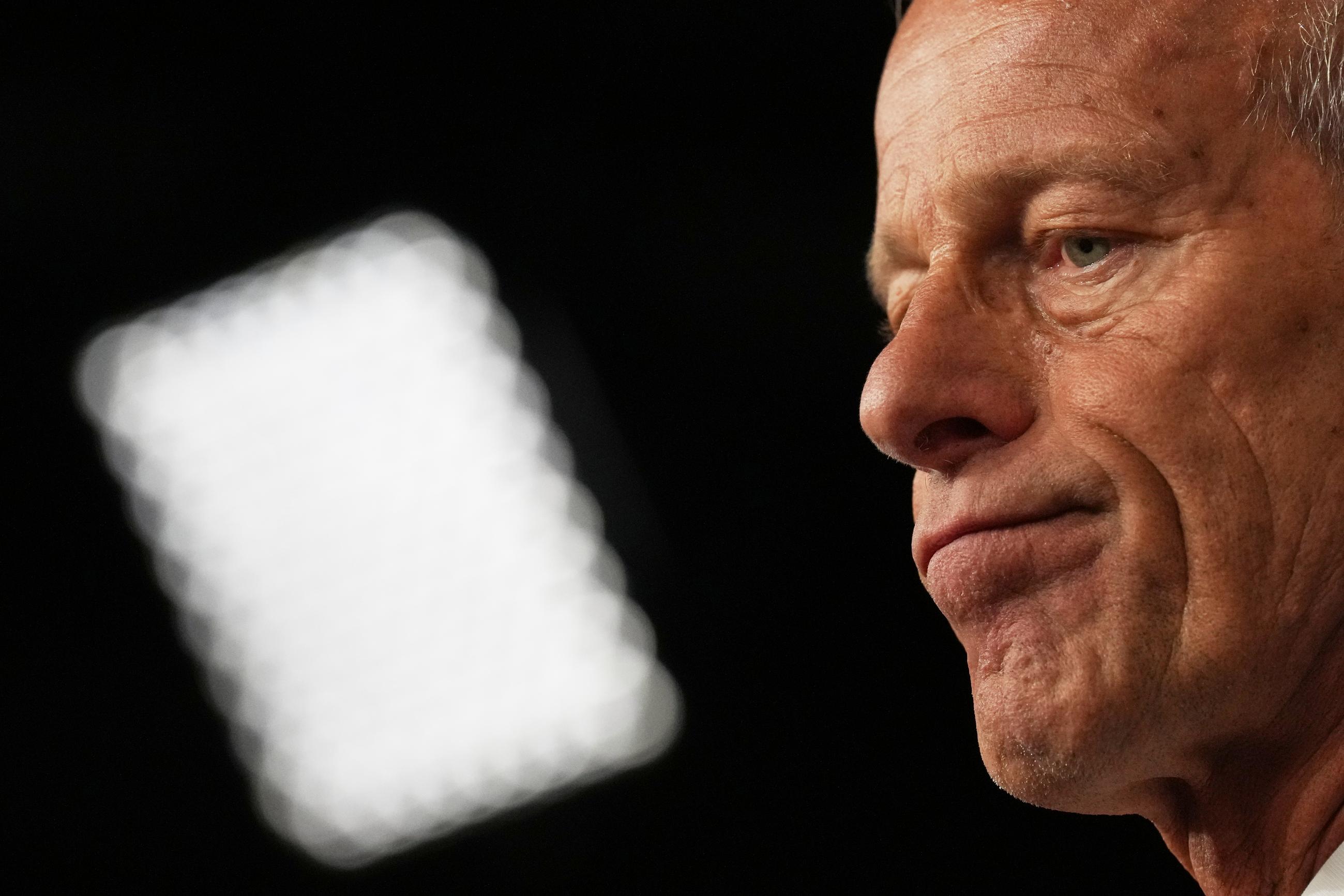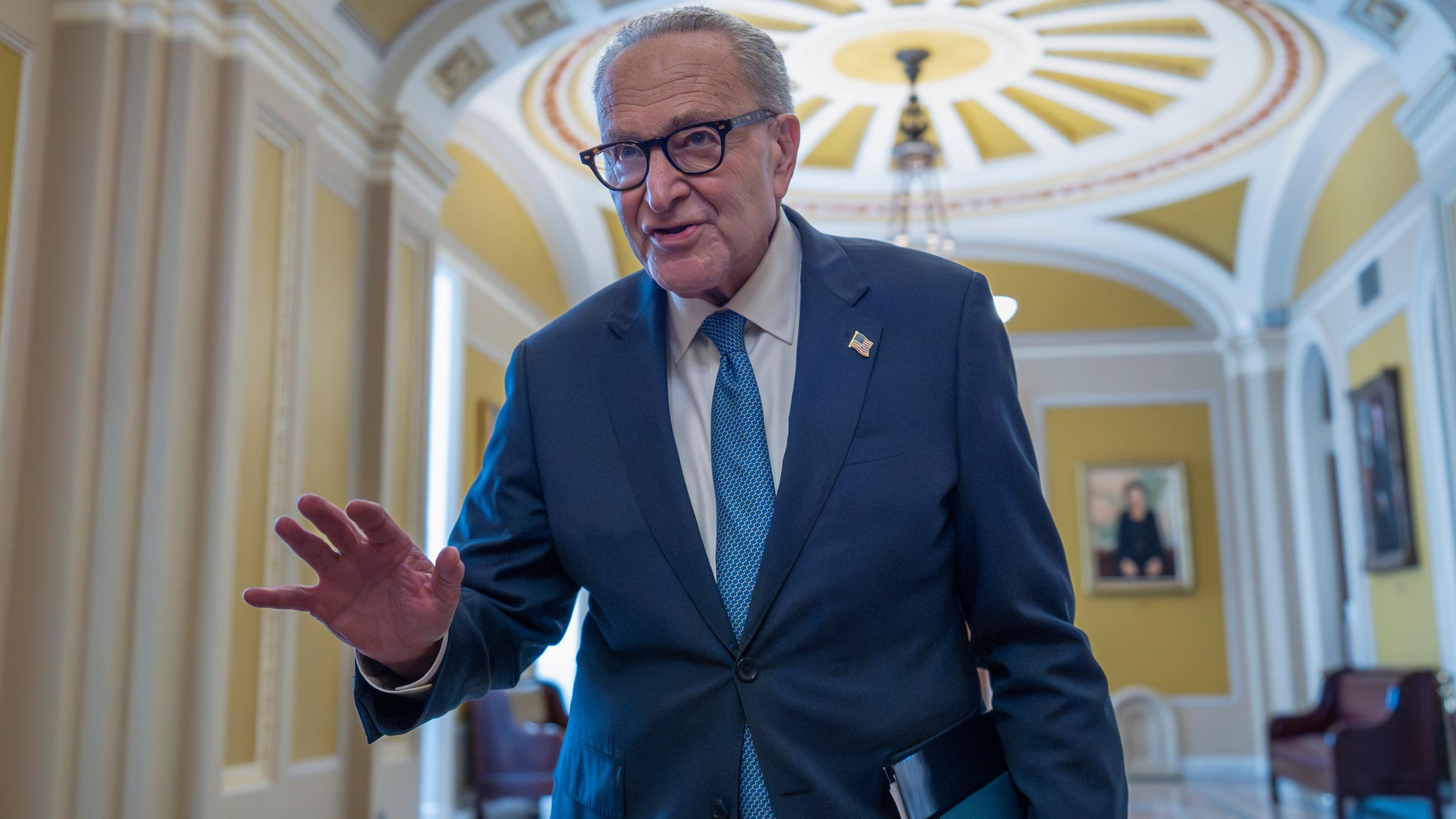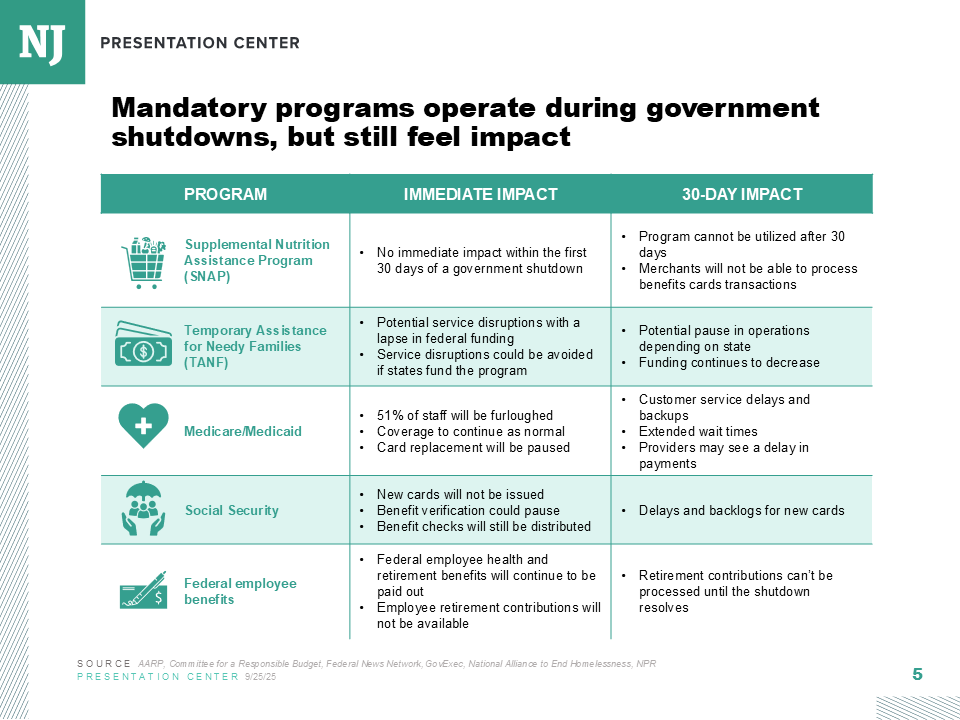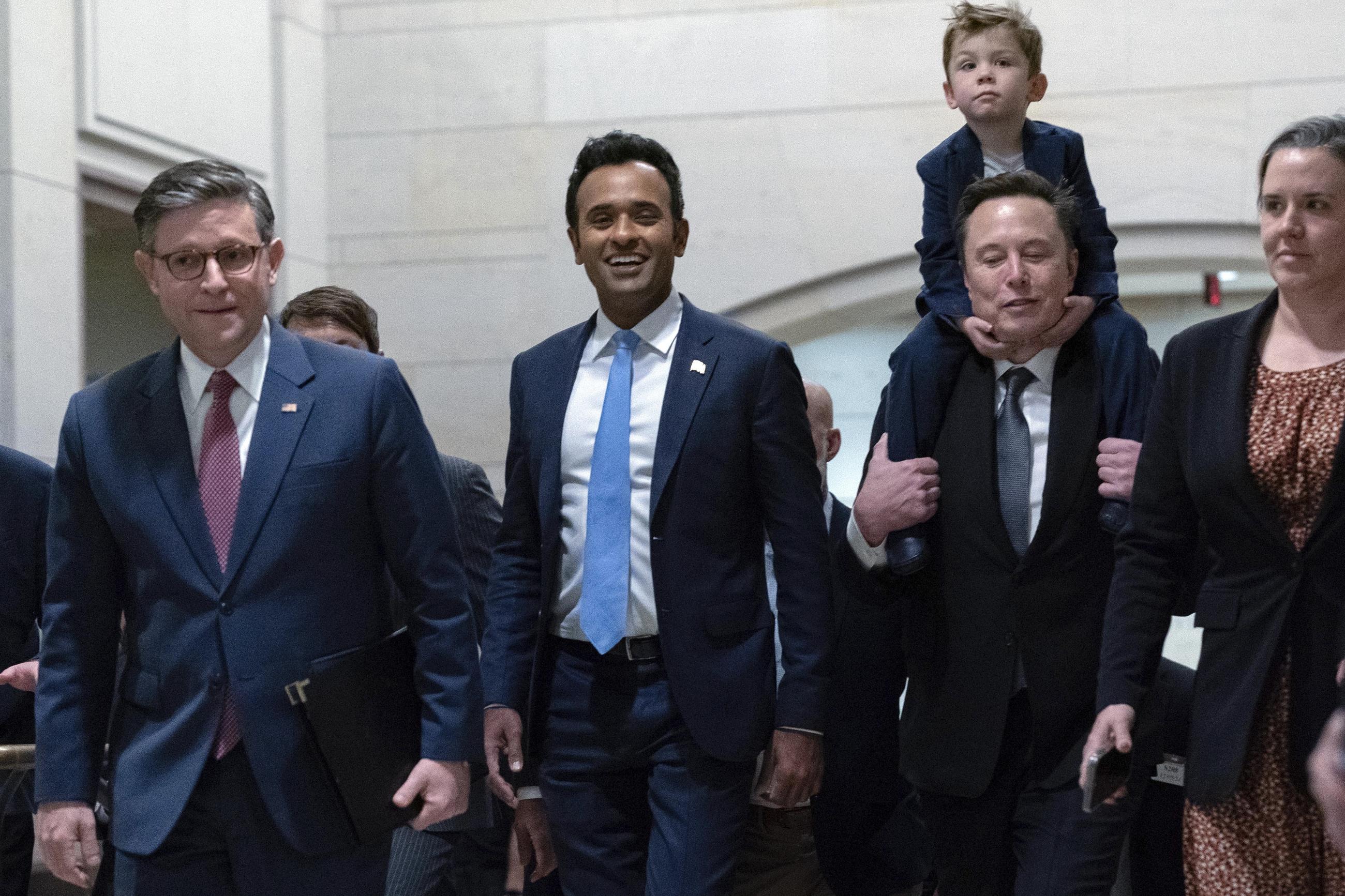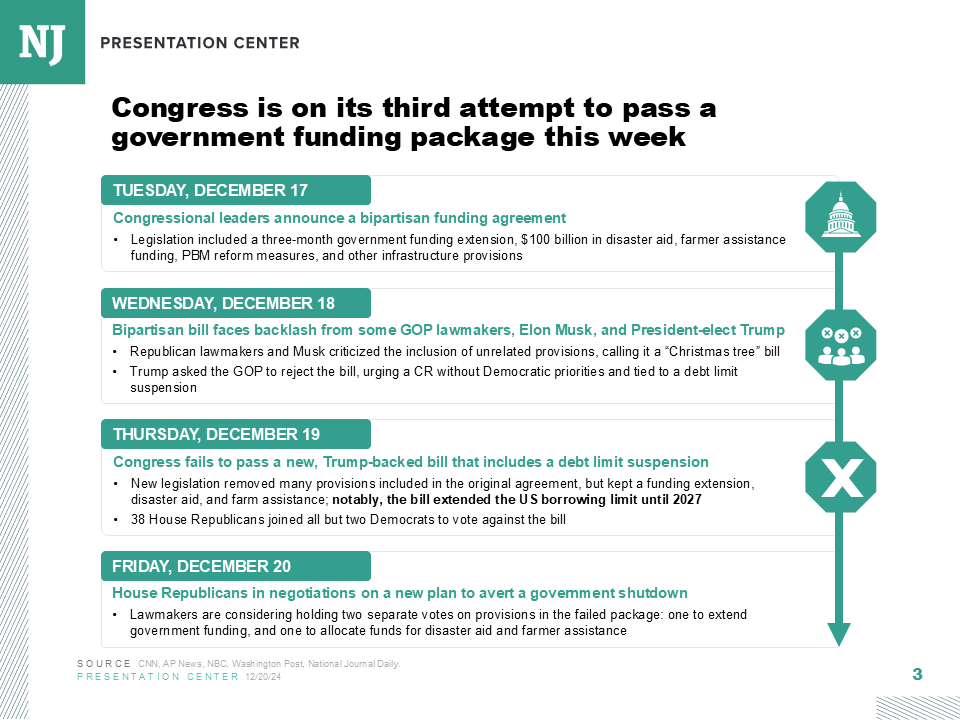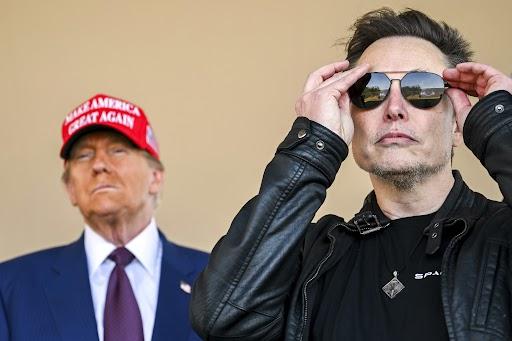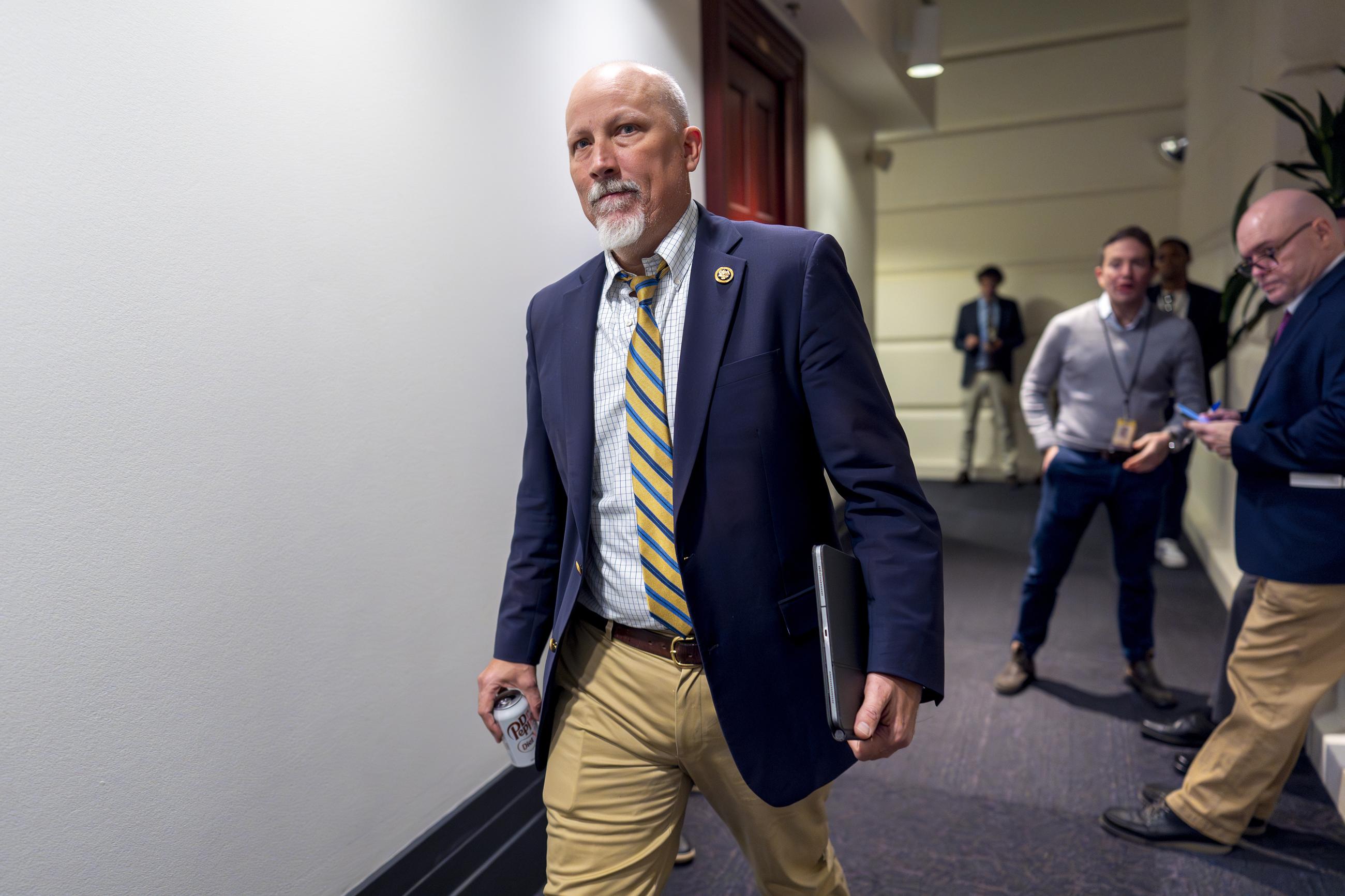Time has run out for Congress, and the government is on the verge of a shutdown.
Lawmakers left Capitol Hill on Tuesday no closer to a deal to keep the government open past midnight. Now, a new race will begin to see how quickly they can turn the lights back on—and what each side might give up to get there.
Senators on Tuesday evening voted for two competing stopgap funding bills introduced by each party. Both of those votes ultimately failed—as expected—leaving no spending bill approved as the clock wound down.
And both sides are continuing to play the blame game.
“The Democratic caucus, here in town in the Senate, has chosen to shut down the government over a clean, nonpartisan funding bill,” Senate Majority Leader John Thune said Tuesday evening, after the votes failed.
With the House out, and unlikely to come back all week, the Senate plans to continue holding votes—with the exception of Thursday, in observance of Yom Kippur—through the week and weekend on the proposals until a deal is reached. That means national parks will close, non-essential offices will be shuttered, and millions of federal employees will start going without a paycheck—even if they are required to show up for work. It could also trigger mass layoffs threatened by Trump administration officials.
Senate Democrats on Tuesday voted against the Republicans' continuing resolution that would have kept the government open for seven weeks, saying the text should include language renewing health-insurance subsidies set to expire at the end of the year.
The House-passed measure failed to overcome the filibuster threshold on a largely party-line 55-45 vote.
The Democrats' alternate version, which would permanently extend the enhanced premium tax credits under the Affordable Care Act and prevent spending cuts unilaterally made by the White House, didn’t fare much better, failing on a 47-53 vote.
Both needed 60 votes to advance.
The stalemate continued into Tuesday night, and both sides were far apart on a deal to end a shutdown as of press time. Patience seemed in short supply.
“The Republicans can end this shutdown by giving back health care to the American people and not keep f—king them over every single day,” Democratic Sen. Mazie Hirono told reporters. “That’s how we end this thing.”
Senate Republican leaders are insisting that negotiations over the expiring subsidies should not be tied to a government shutdown.
“The House did its job. It passed a continuing resolution to fund the government. President Trump is ready to sign it. It is time for the Senate to pass it,” Senate Majority Whip John Barrasso said from the Senate floor on Tuesday. “Tear up the ransom note.”
Three members of the Democratic caucus voted in favor of advancing the GOP CR—Sens. Angus King, Catherine Cortez Masto, and John Fetterman—while Sen. Rand Paul was the lone GOP “nay” vote.
Senate Minority Leader Chuck Schumer avoided criticizing his Democratic colleagues for supporting the GOP bill, saying lawmakers are “representing our constituents in the best way possible.”
“The cracks are beginning to show," Barrasso said. "There is bipartisan support for keeping the government open, in spite of the fact that Chuck Schumer is forcing a government shutdown, regardless of the cost, regardless of the consequences to the American people.”
House Republicans have been staying away from Washington and watching from afar as the Senate grapples with the stopgap spending bill they sent over.
House Democratic leaders, though, have called their caucus back to the Capitol, where they have held press conferences blasting Republicans for being absent and conducted informal hearings on the impacts of a shutdown. Democrats gathered on the chamber floor Tuesday afternoon as a show of unity amid the shutdown fight.
As the sun rose on Tuesday, a deal seemed unreachable following a contentious meeting the previous evening at the White House between Trump and congressional leaders of both parties. The tense Oval Office rendezvous resulted in no progress, and if anything, seemed to cement each sides’ points of view.
Following the meeting, Trump posted an AI-generated video of Schumer and House Minority Leader Hakeem Jeffries, including fake audio from the Senate leader about providing health care to immigrants, and showing Jeffries wearing a sombrero while mariachi music played.
This was Jeffries’ and Trump’s first time meeting in person.
“Mr. President, the next time you have something to say about me, don’t cop out with a racist and fake AI video,” Jeffries said, flanked by House Democrats on the Capitol steps on Tuesday. “When I’m back in the Oval Office, say it to my face.”
Senate Democrats have been strategizing on how to handle this fight after they were slammed by the base—and House Democrats—for allowing the GOP-backed CR in March to pass. Schumer has faced immense pressure from the base not to support this CR without getting something in return.
“In March, Senator Schumer did the right thing. He voted with Republicans to keep the government open. The Far Left immediately attacked him for it,” Barrasso said, adding that Schumer is doing “what he once called the ‘politics of idiocy.’ He is threatening to shut the government down unless he gets everything he wants.”
Schumer, when asked if he could guarantee the GOP-led stopgap bill won’t get 60 votes, sidestepped the question, asserting that the Democrats’ guarantee to the American people is that the party “will fight as hard as we can for their health care.”
Also on the line are potentially thousands of government jobs that could face the White House’s guillotine.
Office of Management and Budget Director Russell Vought recently threatened mass firings if the government shuts down, with the potential gutting of agencies like the Environmental Protection Agency and the Health and Human Services Department.
The EPA, for example, is expected to cut one in three staffers, while HHS is slated to reduce staff by 41 percent, according to contingency staffing plans provided by the agencies.
Democratic Sen. Mark Warner of Virginia, where many federal employees live, told reporters that these workers should “not be bargaining chips.”
Trump on Tuesday morning repeated those threats: “If good things can come from shutdowns, we can get rid of a lot of things we didn’t want, and they’d be Democrat things.”

